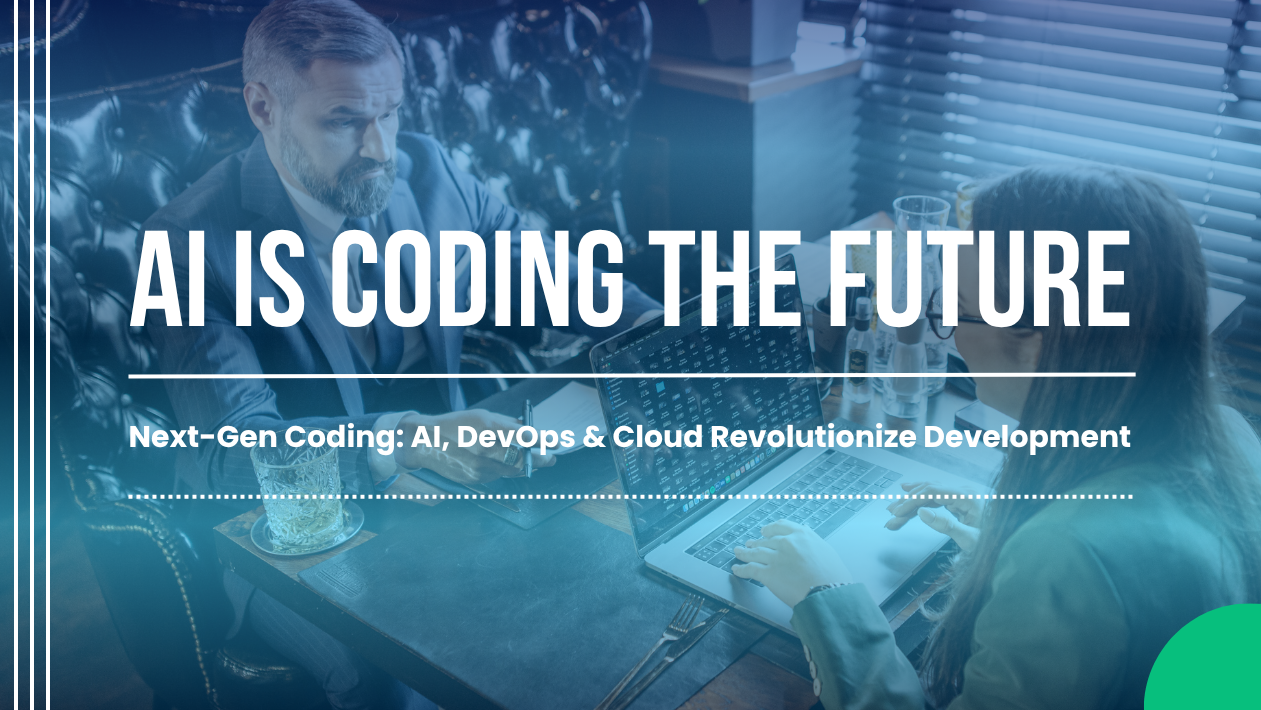Introduction
In an era where cyber threats evolve at unprecedented rates, traditional security frameworks are no longer sufficient. Enterprises are turning to artificial intelligence to protect cloud environments—ushering in a new era of AI-driven security. For B2B firms like The Tech Whale, integrating AI into cloud infrastructure is critical to ensuring resilience, agility, and trust in the digital landscape.
The Need for Smarter Security
Cloud computing has expanded the attack surface dramatically. From misconfigured APIs to insider threats and zero-day vulnerabilities, cloud environments face constant risk. The complexity and scale of modern infrastructures mean manual threat detection is no longer feasible. This is where AI excels—processing vast data streams in real time and identifying anomalies before they become breaches.
AI’s Role in Threat Detection
AI enhances cloud security by learning from patterns of normal behavior and identifying deviations that may indicate malicious activity. Machine learning algorithms can detect subtle signs of an attack, such as minor changes in access behavior or traffic patterns, that would otherwise go unnoticed by human analysts or rule-based systems.
Real-Time Response with Automated Defense
Beyond detection, AI enables rapid, automated response to security incidents. Whether isolating compromised virtual machines, blocking suspicious IP addresses, or auto-remediating misconfigurations, AI systems reduce dwell time—the critical period between intrusion and containment. This proactive defense drastically lowers the impact of security breaches.
Behavioral Biometrics and AI
Behavioral biometrics powered by AI, such as keystroke dynamics and mouse movements, are now being used to authenticate users in cloud applications. These technologies offer an additional layer of security, especially in high-risk sectors such as finance and healthcare, ensuring only authorized users access sensitive data.
Cloud Security Posture Management (CSPM) with AI
Cloud Security Posture Management tools, now infused with AI capabilities, continuously scan for compliance violations and security gaps. These tools not only flag issues but also predict potential vulnerabilities based on usage patterns and evolving threat landscapes, helping security teams stay ahead of attackers.
AI-Enhanced Identity and Access Management (IAM)
IAM is being reimagined with AI. Intelligent systems can now dynamically adjust access privileges based on real-time risk assessments. For example, if a user logs in from an unusual location, AI can prompt multi-factor authentication or temporarily restrict access until identity is verified.
Addressing AI Bias and False Positives
One challenge with AI-based security is the risk of bias or false positives. To mitigate this, organizations must ensure diverse data training sets and regularly test algorithms. Fine-tuning and human oversight remain essential to maintain balance between security and usability.
The Role of Federated Learning in Cloud Security
Emerging techniques like federated learning allow AI models to learn collaboratively across decentralized data sources without exposing sensitive information. This is especially useful for multinational enterprises dealing with data sovereignty laws and needing to keep data localized while still benefiting from global insights.
Quantum-Resistant AI Security Models
With the looming threat of quantum computing breaking traditional encryption, researchers are exploring AI-powered models that integrate post-quantum cryptography. These next-gen security frameworks aim to future-proof cloud infrastructure from the dual disruption of quantum and AI technologies.
Compliance and AI Governance
AI-driven security solutions must also adhere to regulatory standards like GDPR, HIPAA, and ISO 27001. Companies should implement explainable AI (XAI) practices to ensure transparency, auditability, and ethical governance of automated decisions impacting user data.
Industry Case Studies
Companies like Palo Alto Networks and Microsoft are leading in AI-based cloud security solutions. Microsoft’s Security Copilot uses generative AI to guide security analysts during incident investigations, while platforms like Prisma Cloud continuously assess risks using ML-driven analytics.
Challenges and Considerations
Despite the promise, integrating AI into cloud security is not without hurdles. These include data privacy concerns, algorithm drift, and over-reliance on automation. Organizations must maintain a human-in-the-loop approach and regularly evaluate AI performance and accuracy.
The Tech Whale’s Approach
At The Tech Whale, we integrate AI-enhanced security solutions tailored for our B2B clients’ cloud ecosystems. We partner with cybersecurity innovators and prioritize ongoing monitoring, adaptive controls, and incident response automation—helping our clients safeguard their data without slowing innovation.
Future of AI in Cloud Security
As threats become more sophisticated, AI will evolve from a reactive tool to a predictive and preventive asset. Technologies like AI-powered honeypots, predictive breach simulation, and autonomous response will become commonplace.
Conclusion The fusion of AI and cloud security represents a paradigm shift. It empowers businesses not just to respond to cyber threats—but to anticipate and neutralize them. For enterprises looking to stay secure and competitive, embracing AI-driven cloud security is not optional—it’s essential.





